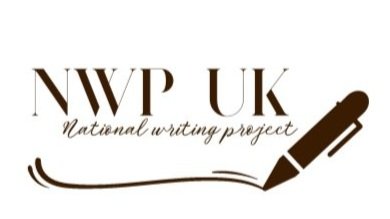We are entering the last of January, so I am getting in my new year’s wishes before the end of the month. Happy New Year! I have so much to write about and have just not been able to shape anything coherent; not so much writer’s block as writer’s bramble patch. Urgent ideas and pressing thoughts tangle and snatch so that sentences veer off into nonsense or are overwhelmed with further thought. Forgive me. I feel that we need writers and thinkers more than ever at the moment. We need to write ourselves and we need to give those we teach the chance to know for themselves what writing can bring to their lives.
I shall begin with Writing Club: a joyousness of little girls busy with pens and paper (and far too much washi tape.) I have been running this after-school club for seven years and it has always been popular, particularly amongst the youngest children. When Emily and I started the club, we expected that it would attract mostly Key Stage 2 children and the first groups were a brilliant mix of older and younger children, including children who not yet writing in the conventional sense. It made us rethink our ideas about writing and we became the richer for it. That’s maybe something to write about on another day. Last week, because older children were off on important business, there were only five and six year olds in the group. We began with our own names.
I had seen a post on Sophie Blackall’s Instagram account which inspired my idea for the session. (Those of you who know me will know that anyone may choose to write something that is more important to them at that moment. I simply like to have an idea ready for them, should they want it.) Sophie Blackall is an artist and maker of books for children. She had been working with a school and had been taken by the way the children had written their names with such flair and individuality - ELIZA had perched hearts on the top of each letter; Arthur wrote swooping ‘R’s; Iris underlined her name with an emphatic zigzag. I loved the way that Sophie Blackall had noticed these differences and drawn attention to them and had a feeling that it would be something Writing Club would enjoy.
I made two different folded book forms for the girls to choose from – a simple zigzag and a vertical flap book. I made my own examples and soon knew what fun it could be. I wrote my name on each page or flap – Miss Jeni, Miss Jeni, Miss Jeni – and found a different style each time I wrote it. I followed each name with something about myself: ‘Miss Jeni lives in a house full of books.’ (‘That’s got to be your house’, observed Maud.) ‘Miss Jeni loves to read.’ And so on. Illustrations would follow.
They all wanted to do this task, beginning with the writing of their own names. There was that miraculous silence that falls when people are absorbed and then an outburst of giggling and singing, standing up to dance to their song, sitting down to write their names over and over. Of course, they made the task their own. Soon they were writing about each other and making books for their friends. Writing for the self and from the self. Our names are important. Writing in a community and for that community. Other people are important. It’s one of the things I have been thinking about a great deal: that when we are teaching writing in primary and secondary schools, we do well to remember those we are teaching. Each individual: the language, experience and thinking that each one brings with them. Writing learned from the inside out. We can set up the conditions for them to write what is important to them. We do so within a community and, through writing, extend our experience and our experience of language and how writing can work.

